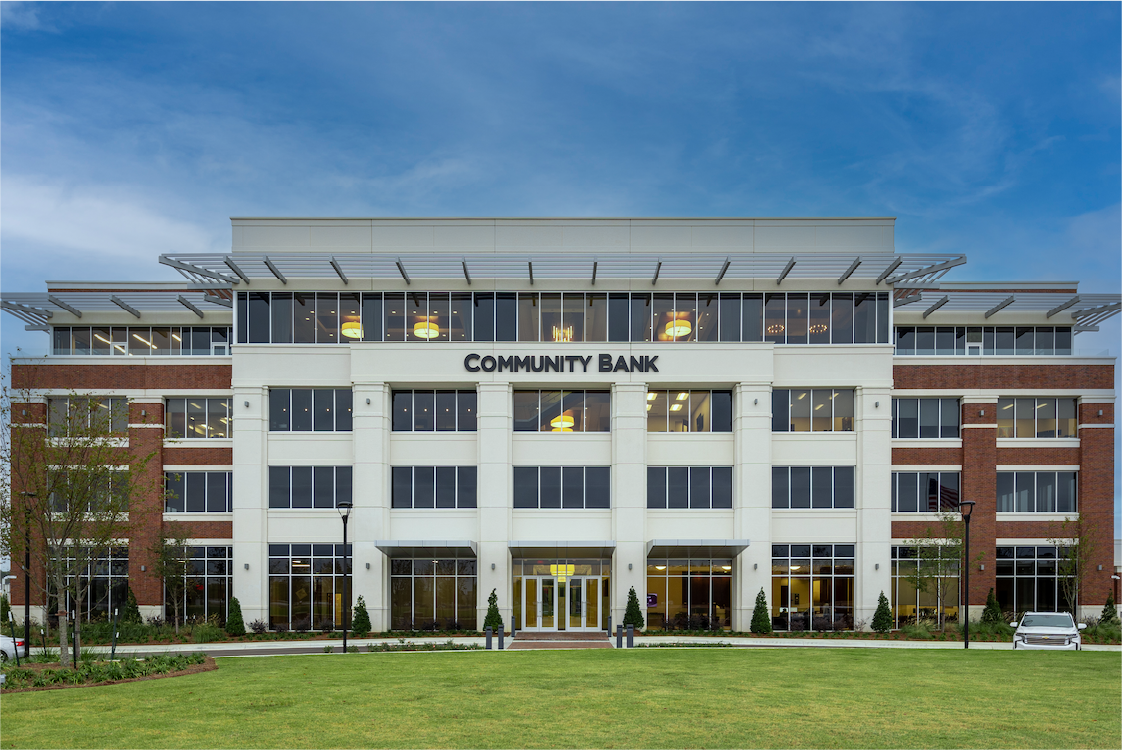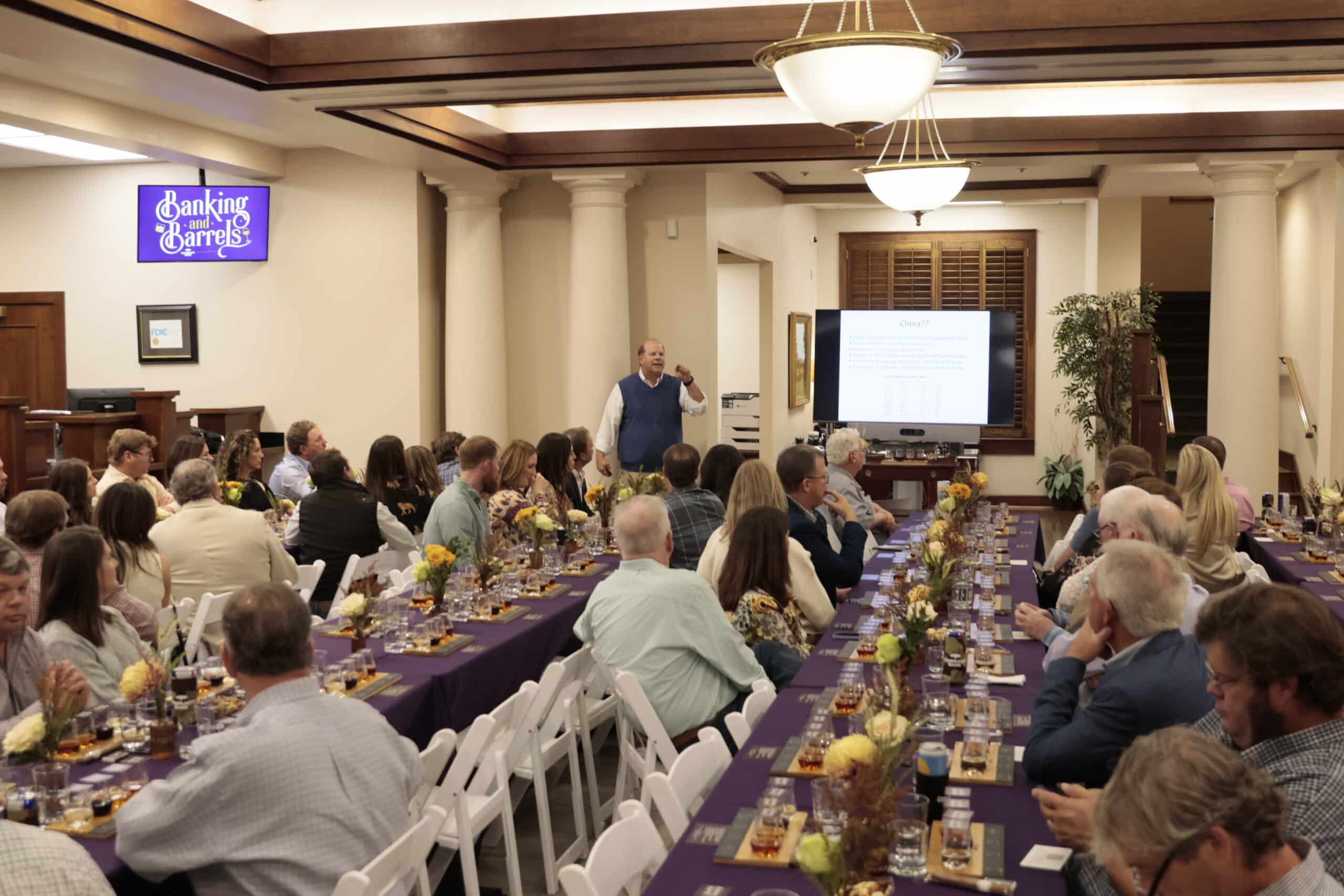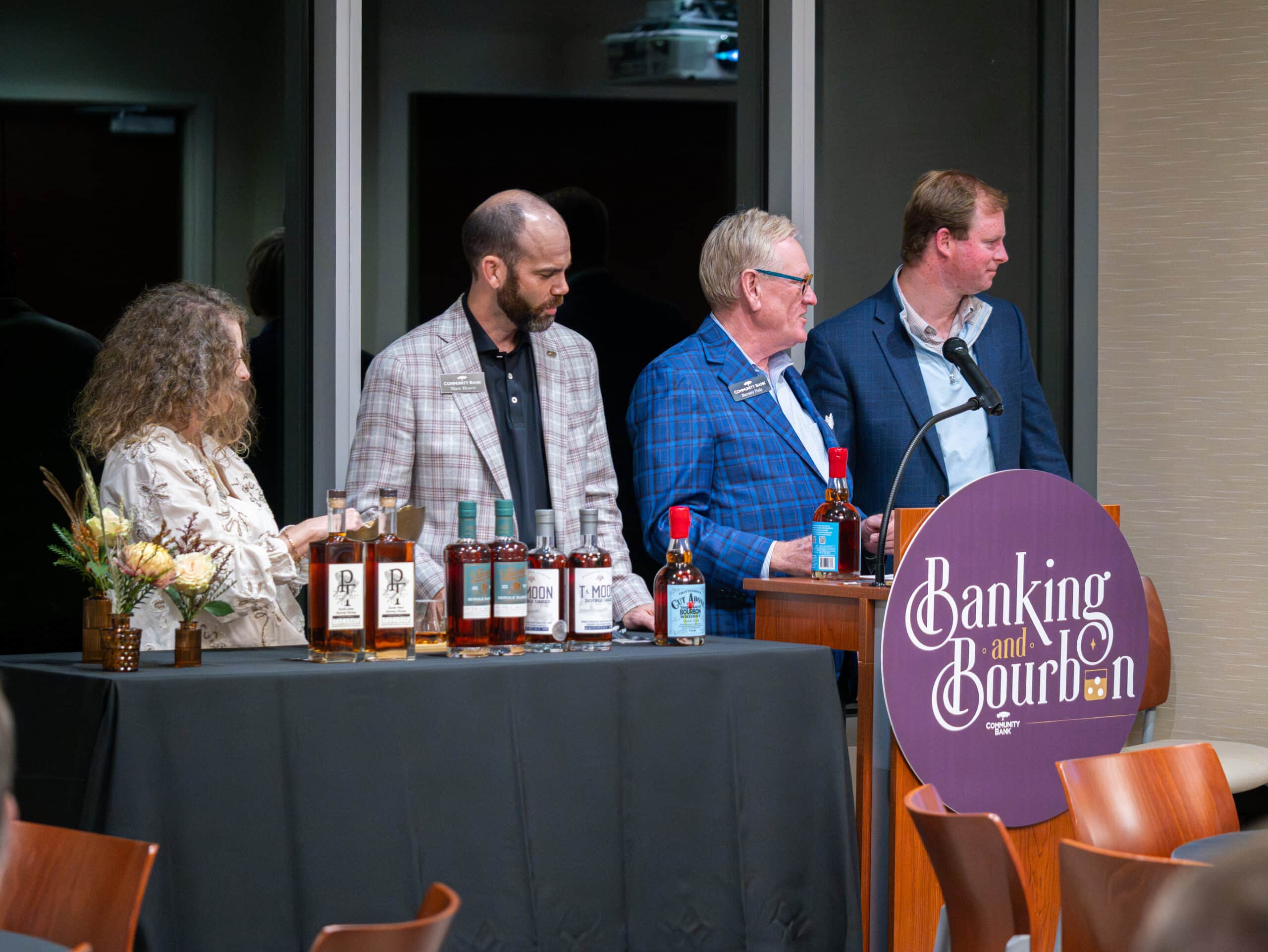Mardi Gras, which is French for Fat Tuesday, celebrations are in full swing along the Gulf Coast, with culmination of the season coming on Fat Tuesday, February 28th. Mardi Gras has a rich history across our coast, with the first celebration being hosted by the City of Mobile in 1703.
The Mardi Gras season is decorated by colors of purple, green, and gold – colors that originated with the Carnival flag, which was designed by the Rex Organization in 1872. The most accepted interpretation of the colors meanings are: purple for justice, green for faith, and gold for power.
One of the most popular (and delicious) customs of the season is the King Cake. The King Cake originated in Europe, as a symbol of the three Kings’ visit to the Christ Child on the Feast of the Epiphany on January 6th, or commonly referred to as Twelfth Night, the official start of the Carnival season, 12 days after Christmas. The Europeans hid a bean inside their cakes, and the person who received the bean became the King for the next event and had to supply the next cake – which has evolved into the baby in king cakes today.
You can catch more than 20 parades across the Coast throughout the season. Parade goers can be found arriving several days early to set up their camp to include RVs and tailgate type set-ups serving food galore from Crawfish Boils to King Cake. Thousands of people will line the streets as they can be heard yelling “Throw me something, Mister!” Mardi Gras is a much-anticipated season each year, where people travel to the Coast to join the festivities.
In addition to the parades, a huge part of the festivities are the Mardi Gras balls hosted each year. The Gulf Coast Carnival Association Coronation Ball is the finale of the Mardi Gras Balls along the Coast, highlighted by the naming of King D’Iberville and Queen lxolib (Biloxi spelled backwards), rulers of the region’s Mardi Gras festivities.
The Gulf Coast Carnival Association was formed 1949 and was championed by the Hunt Family, below are details of how the great tradition became what it is today, written by Murella Hebert Powell, with resources gathered from the book titled “Skeet” The Public Life of Walter Henry Hunt…American.
“History indicates that in 1892 when Walter Henry “Skeet” Hunt, my grandfather, was 4 years old, a Mardi Gras Parade passed in front of his house. The parade was probably organized by the volunteer fire companies…the parade had all the ingredients of a Mardi Gras parade-The landing of King Rex by boat at Main Street dock, a Queen, floats and flambeaux carriers.
History notes that the magic of “Mardi Gras” cast a spell on Little Walter “Skeet” Hunt…a spell that would last a lifetime and sow the seed for a permanent Mardi Gras Celebration for the City of Biloxi and eventually the whole Gulf Coast.
In 1908 Biloxi held the first Mardi Gras parade with 17 floats, 150 flambeau carriers, the new 12-piece Herald Newspaper Band, a grand Marshall, the Mayor and Councilmen. Leading the parade was the Boeuf Gras, a live white steer with glided horns. In 1916 a charter of incorporation titled “The Biloxi Carnival and Literary Association” was drawn up and signed by Mayor Glennan, W. H. “Skeet” Hunt, C.J. Keller, J. V. Hagan and Charles Rushing. The purpose was to promote the study of literature and particularly the Greek mythology, to give an annual and street pageant in the City of Biloxi by artistic floats representing Greek mythology and historic events. Because of this charter, Mardi Gras became a firmly established annual event interrupted only during the wars and depression years.
It was solely a Biloxi event until 1929 when other Coast cities were invited to join. Since that time, Mardi Gras royalty has been representatives of all of the Gulf Coast cities.
In about 1949, the Biloxi Carnival Literary Association was changed to become the Gulf Coast Carnival Association.
For forty-four years, my grandfather Walter Henry “Skeet” Hunt served as Grand Marshall and Parade Chairman. He also served on the following committees – General Arrangements, General Membership and Parade. My grandfather, Skeet Hunt, was balancing the Mardi Gras event with his work in Washington, D.C. as Captain of the Capitol Police. He was assigned for special duty to the United States Senate.
My father, Walter Kenner “Skeet” Hunt, grew up with Mardi Gras and began helping his father with the event. In 1950, my father, became the General Manager of the Carnival Association and the Parade Chairman. In 1953 my father, Skeet, became the “First” Captain of the Association, serving 18 years! He served as “Captain of the Gulf Coast Carnival Association” from 1953-1971.
Walter “Skeet” Hunt was once asked why he did Mardi Gras and why he put so much time and effort into something he didn’t even get paid to do. His reply was: “When I see the faces of the children as they watch the parade, that’s payment enough”.
My grandfather’s philosophy was carried over to my father and mother. As stated by my parents, “That’s payment enough for us just to see the smile on the children’s faces as the parade goes down the street”!
Information compiled by Murella Hebert Powell for the brochure entitled “A Brief History of Mardi Gras” and the Local History and Genealogy Department.
Disclaimer: The information provided in this article is for general informational purposes only and should not be considered financial advice. Interest rates, terms, and conditions mentioned are illustrative and do not reflect actual rates offered by Community Bank. For detailed information and personalized advice tailored to your specific situation, please consult with a financial advisor.





